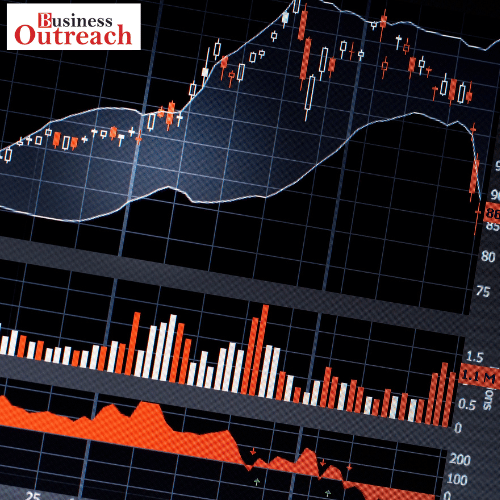The price index for the world’s most important food commodities averaged 126.9 last month, compared to 129.7 points in February, the Food and Agriculture Organization (FAO) said on Friday. Lowest reading since July 2021.
It is difficult to predict the exact food prices in 2023, as they are influenced by a variety of factors such as weather conditions, supply chain disruptions, and global economic conditions.
However, some experts predict that food prices may decline in 2023 due to increased production and competition in the agricultural sector. Advances in technology and farming practices may also contribute to increased efficiency and lower costs of production.
While declining food prices may benefit consumers, it is important to ensure that farmers and producers are still able to receive fair compensation for their work to maintain a sustainable food system.
The UN food organization’s world price index fell for the 12th consecutive time in March and is now down 20.It’s 5% lower than the all-time high set a year before Russia invaded Ukraine. The Food and Agriculture Organization (FAO) said on Friday that its price index, which measures the world food supply, was overall 126.9 last month, or 129.7 in February. Lowest reading since July 2021.
The February reading initially stood at 129.8. FAO said supply shortages, sluggish import demand, and the extension of the agreement allowing the safe export of Ukrainian grain from the Black Sea led to a decline in production.
The Rome-based organization says the decline in the index reflects the fall in food, vegetable oil, and dairy products prices, and offsets the rise in sugar and meat prices.
FAO Chief Financial Officer Maximo Torrero said in a statement, “Although international prices have fallen, they are still high and continue to rise in the domestic market, making it difficult to secure food.”
“This is especially true in developing countries with net food imports, which are exacerbated by depreciation and debt growth against the dollar or euro,” he added, adding that the rice index is 7. Corn lost 1 percent, maize 4.6 percent, and rice 3.2 percent.
In a separate report on grain rice and demand, FAO raised its forecast for world rice production in 2023 which is now estimated at 786 million tons – 1.3 percent below 2022, but still at a record high.
“Area planted in Asia is expected to be close to a record, while dry conditions are affecting northern Africa and southern Europe,” said FAO.
FAO also increased its world food production forecast for 2022 to 2,777 million tons, down only 1.2 percent from the previous year. World wheat production is estimated to be 516 million tons in 2022/23, 1. 6% lower than the 2021/22 record.
FAO said that global grain consumption is estimated at 2.779 billion tons in 2022/23, down 0.7 percent from 2021/22. It is estimated that world supply will decrease by 0% at the end of the 2022/2023 season.
From the opening phase, it increased by 3% to 850 million tons.















